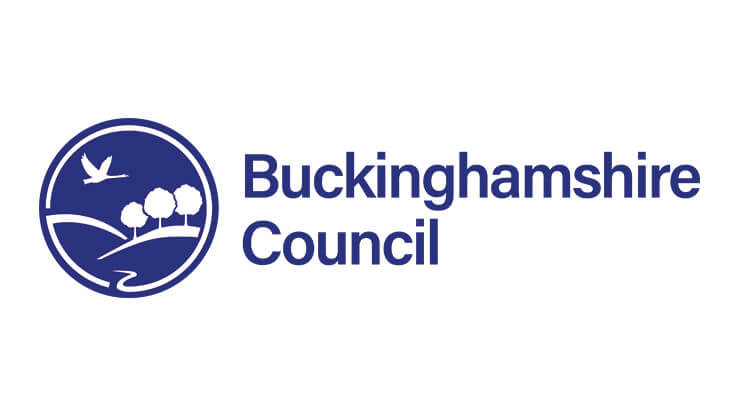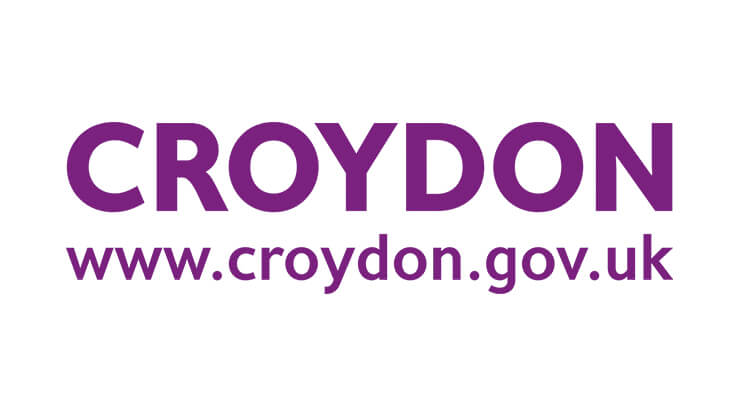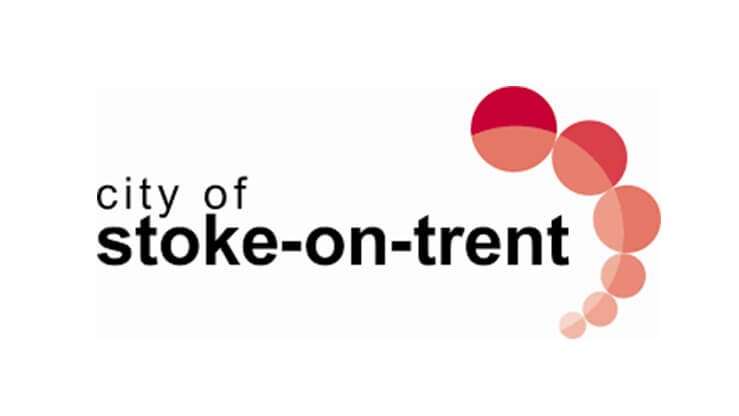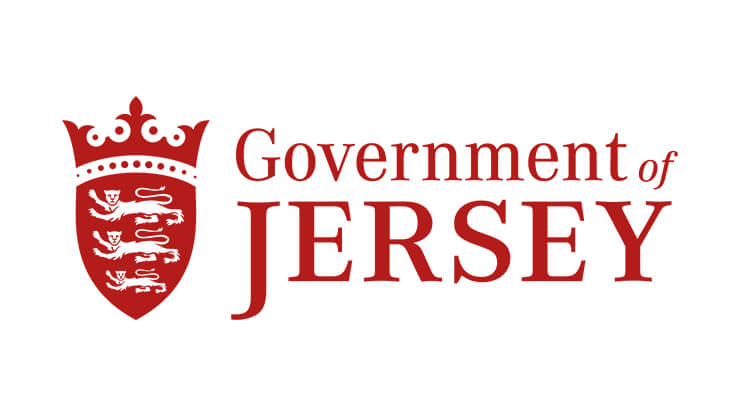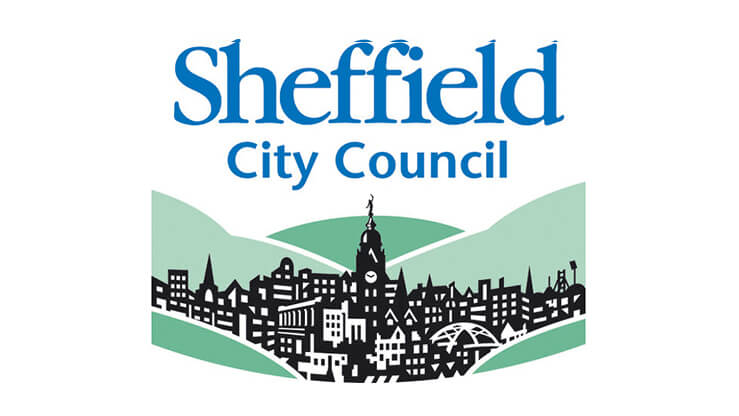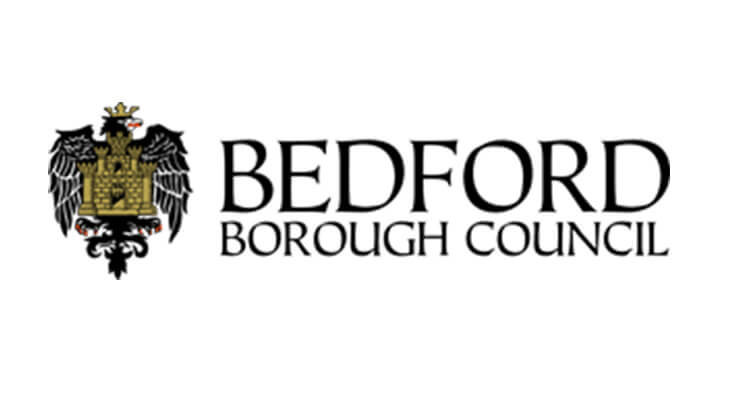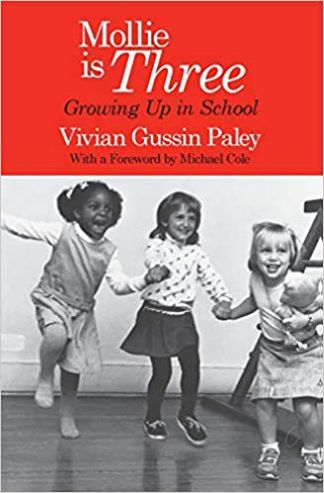
Molly is Three: Growing Up in School
by Vivian Gussin Paley
Review by Gillian Dowley McNamee
Gillian Dowley McNamee is Director of Teacher Education at Erikson Institute in Chicago, IL. She was Vivian’s student teacher while Vivian was writing White Teacher, and working on Wally’s Stories.
Book No: 4 – 1st published: 1988
If in the world of fantasy play, four and five year olds may be called characters in search of a plot, then the three-year-old is surely a character in search of a character.
Mollie is Three is Vivian Gussin Paley’s fourth book; she moves from her home base in kindergarten with five year olds to working with three and four year olds to find out where the creative, articulate stewards of friendship, fairness and fantasy come from. What she discovers is the world of the very young child when they are taking their first steps outside of home into public community life in school. She finds children who push, quarrel, and believe there are monsters under their beds (they are, the children assure her, green). The children create ideas and explanations from threads of experience interwoven into pretend worlds in fast moving impromptu scenes that take our breath away at their agility and imaginary feistiness.
Mrs. Paley describes the storytelling heard in everyday play: ‘Cinderella and Darth Vader put the baby to bed while Superman serves tea and saves the baby from the witch just as Daddy comes home from work and sits down to eat a birthday cake.’
Mollie and her classmates begin to test boundaries of how they are connected. They pretend quarrel, they watch in awe at the magic that is possible in play, and they create danger and its resolution into a place of safety in friendship under the guidance of a teacher listening carefully and intervening to help clarify who is who and what the children want to happen next.
Contentment lies in uncovering-not dismantling-the plot. It is clear to me that when I comment less on disruption and spend more time on helping children talk about characters and plots, the quality of the play advances.
This marks the beginning of a central discovery Mrs. Paley makes in this book and in those to come: the importance of eliminating all forms of punishment and excluding of anyone from play or classroom activities for any reason. She describes the emergence of what will becomes one of her extraordinary basic teaching practices while watching the emerging friendship of two three-year-olds, Mollie and Christopher.
One morning Mrs. Paley jumps up in a flash as she hears crying on the classroom stairway. Christopher has pushed Barney off the bottom step of the stairs to the classroom. This is not the first time he has done this.
There is an extended conversation about pushing: ‘Can I push? No, you can’t push.‘ Mrs. Paley gives us a close up look at the transformation of the act of pushing – one way of connecting with another, to a new way of connecting; connecting through words, through words that invite empathy and kindness.
Mrs. Paley is showing us the very first rungs on the ladder of building relationships of safety and friendship. There is no punishment, just staying close by with one another talking about everything that is on the children’s minds as they play, tell stories, make friends, and learn that this is school, the schooling we all long for, and the kind of neighborhoods and communities we seek in the future.
All this learning can begin in school when a teacher such as Mrs. Paley sits beside you.
